ID-DOC: general search
Here you can enter a general keyword and perform a general search.
??? What are these question marks doing here? These represent tools which we know by a Dutch or French name, but who's English name is yet unknown. Suggestions are always welcome!
If you cannot find a certain tool, or if you experience other problems with this page, please let us know at info@mot.be.
Search for: tool
Showing search results 651 - 700
1,492 results found
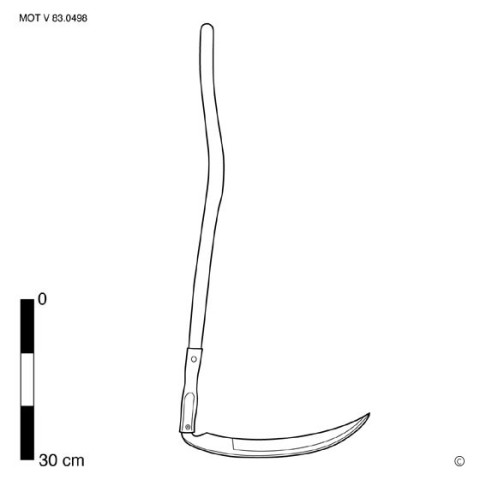
Grass hook
The grass hook is used by the gardener and do-it-yourselfer to cut some
grass and weeds on small areas. It is a small scythe consisting of a
slightly curved sharp steel blade (approx. 30-40 cm) with a wide back and
ending in a point, which is fixed at right angles to a wooden handle
(approx. 10-80 cm). The scythe with short handle is used stooping with one
hand; the one with a long, usually straight handle is held with both hands
and used while standing. Sometimes the long stem has a slight kink about 12
inches from the tip. See also the grass whip. [MOT]
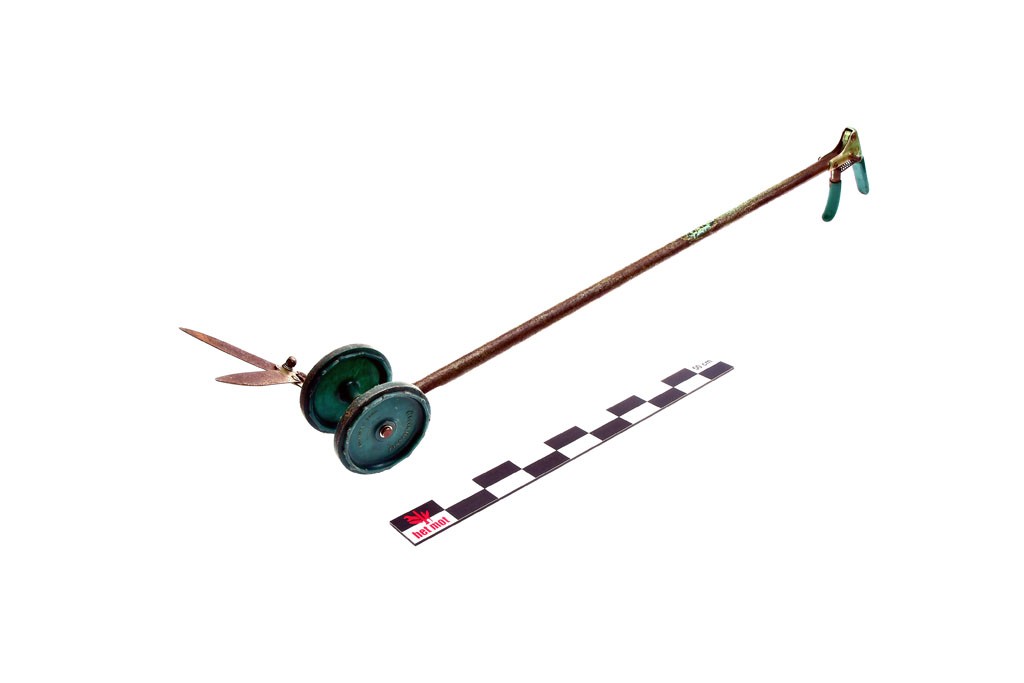
Grass shears
This text can only be consulted in Dutch
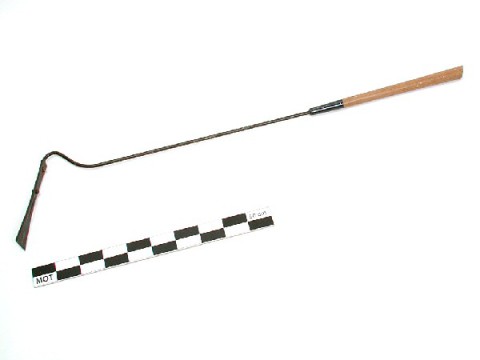
Grass whip
Light tool suitable for mowing the lawn in hard-to-reach places such as
along tree trunks, stones, fences and roadsides. The grass whip consists of
a thin blade (approx. 20-25 cm), serrated on both sides (1) or provided
with a cut on both sides and front (2). The handle is covered with wood or
rubber. The tool is swung back and forth in front of the feet, with the
blade lying parallel to the ground, cutting through the thin grass stems.
Due to the double-sided cut, it works on both sides. Another model (MOT V
2019.0007) looks more like a narrow machete with a curved tongue-shaped end
(3). See also the grass hook. [MOT] (1) According to LOGAN: 176, the grass
stems cannot bend away due to the serrated cut. (2) Catalog 1976: Wilkinson
Sword. The name on the world's finest garden tools. (3) The model of
manufacturer and distributor Martindale is sold as a machete
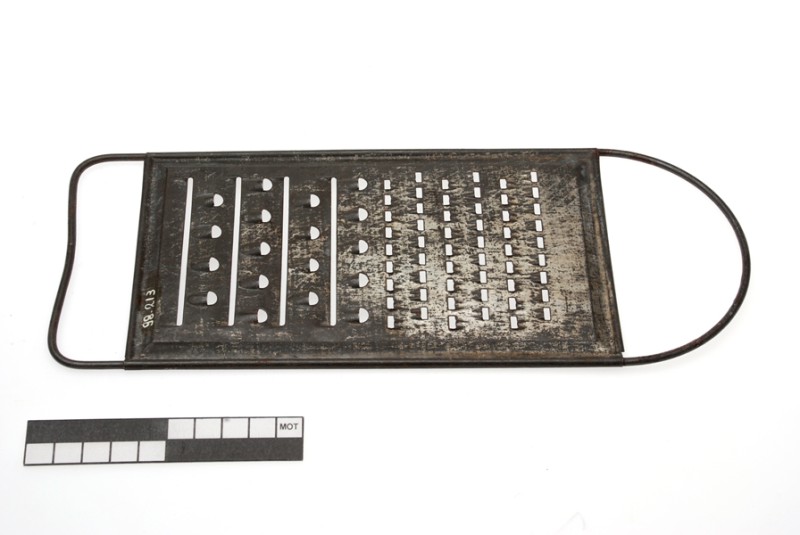
Grater (kitchen)
Kitchen utensil for grating vegetables. It consists of a metal plate with
rows of holes 'punched out'. The vegetables are sanded back and forth on
this rough surface and finely grated. There are flat, rectangular, pyramid,
semicircular, round, etc. graters. The grater can also be mounted on a tray
in which the finely grated goods are collected. There may be several
grating surfaces with smaller holes each time for finer grating. Often
there is also a sharp groove in the grating surface that serves as a
slicer. There are also composite kitchen utensils that, in addition to a
grater, can also be used as a butter cutter, apple corer and vegetable
peeler. To grate nutmeg, special graters are used (see nutmeg grater). In
addition to the kitchen grater, vegetables can also be grated using a
rotary grater. This allows even the smallest pieces to be rinsed up
completely. See also potato grater and soap shaver. [MOT]
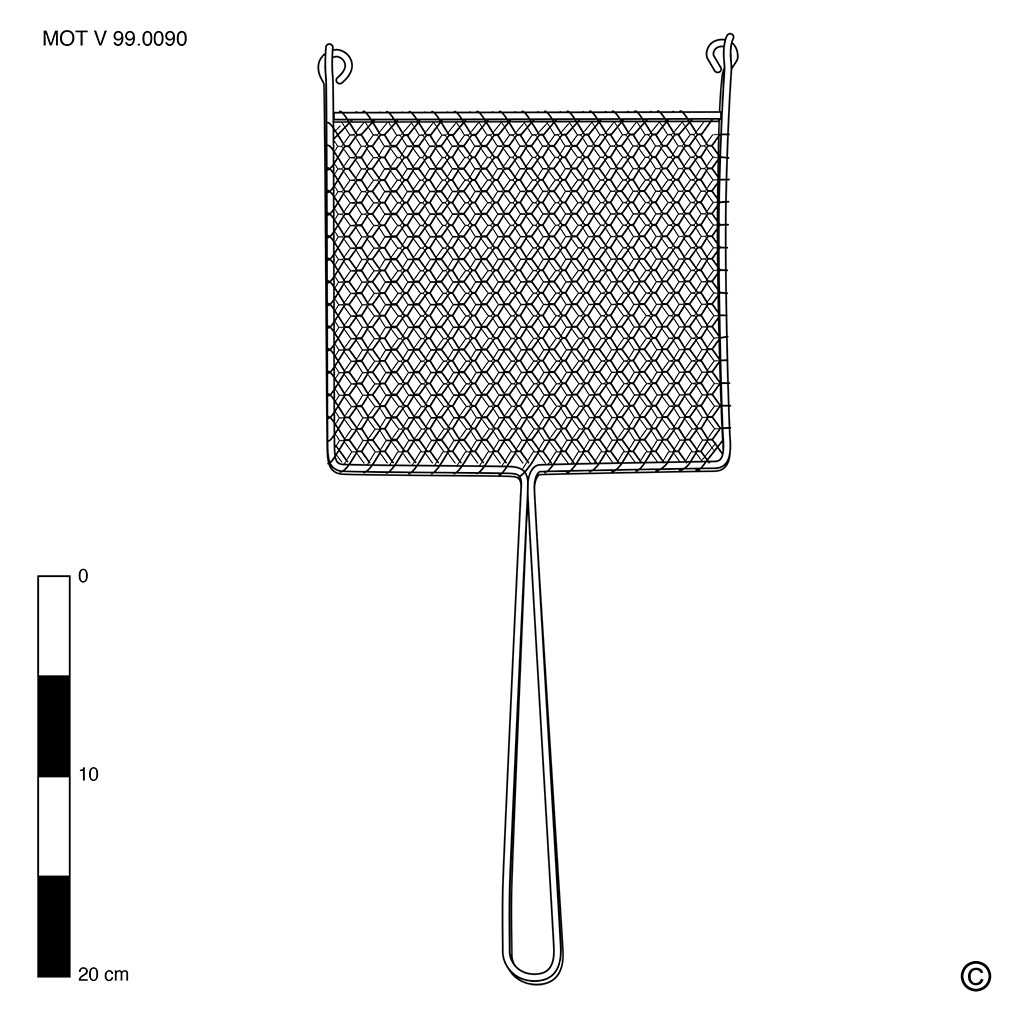
Grill
You can roast a slice of bread, a piece of meat or fish over hot coals or a
flame on this roasting grid. Such a grill is made of iron (wire), may or
may not have legs and can be single or double. The latter can be squeezed
shut; the axis is at the head end. [MOT]
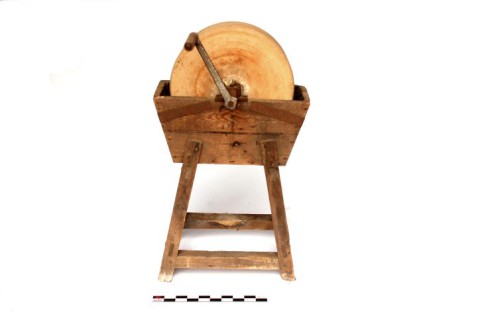
Grindstone
English translation in progress. You can find more technical information
about the grindstone on this page in dutch. [MOT]
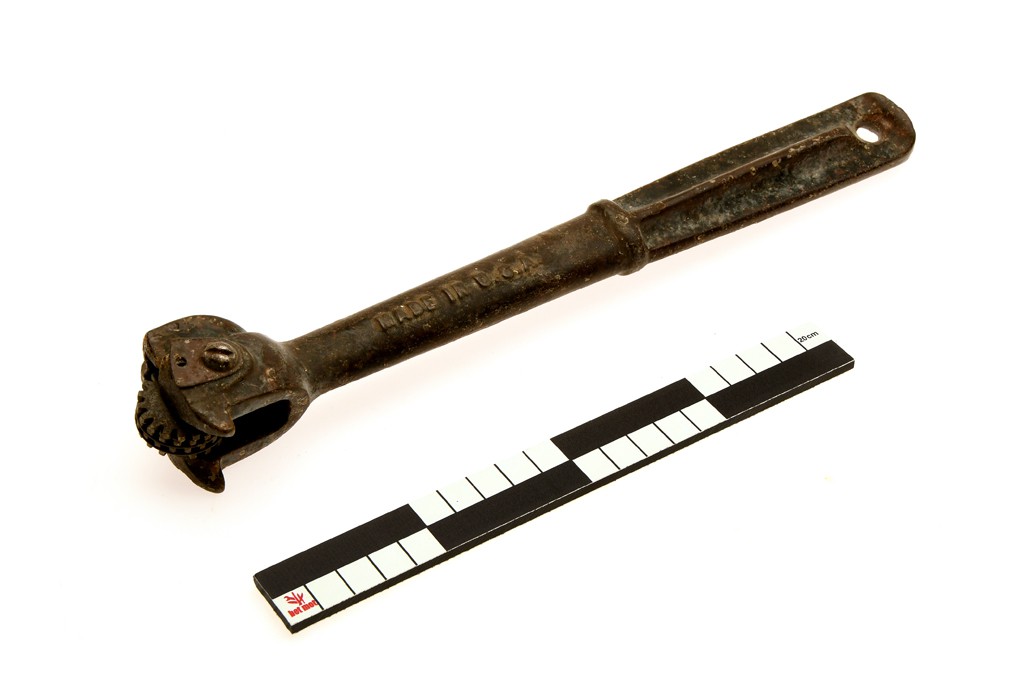
Grindstone dresser
Grindstone dresser. This text can only be consulted in Dutch. [MOT]
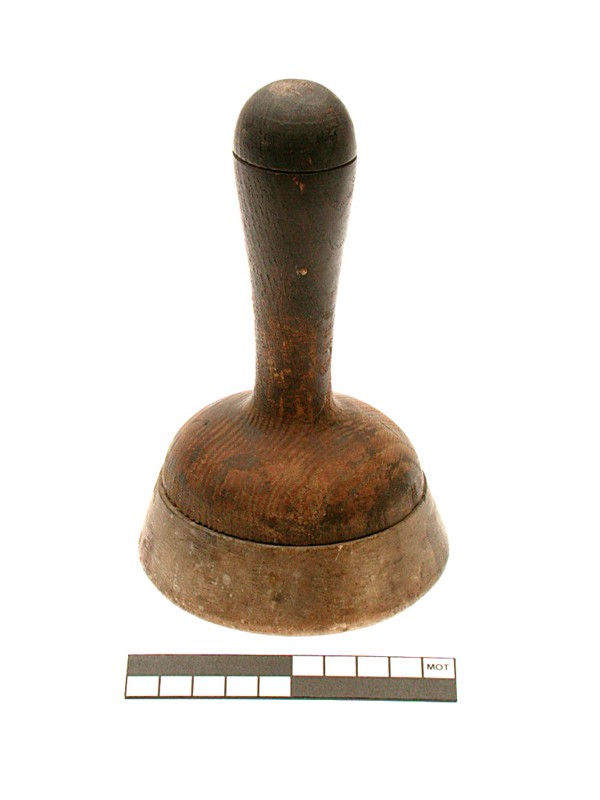
Grindstone for pigment
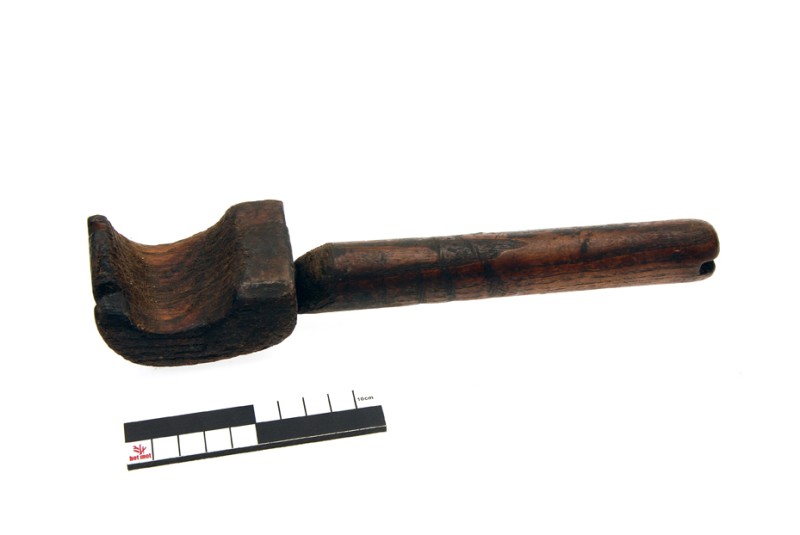
Groove tapper
This text can only be consulted in Dutch
<https://www.mot.be/resource/Tool/groove-tapper?lang=nl>
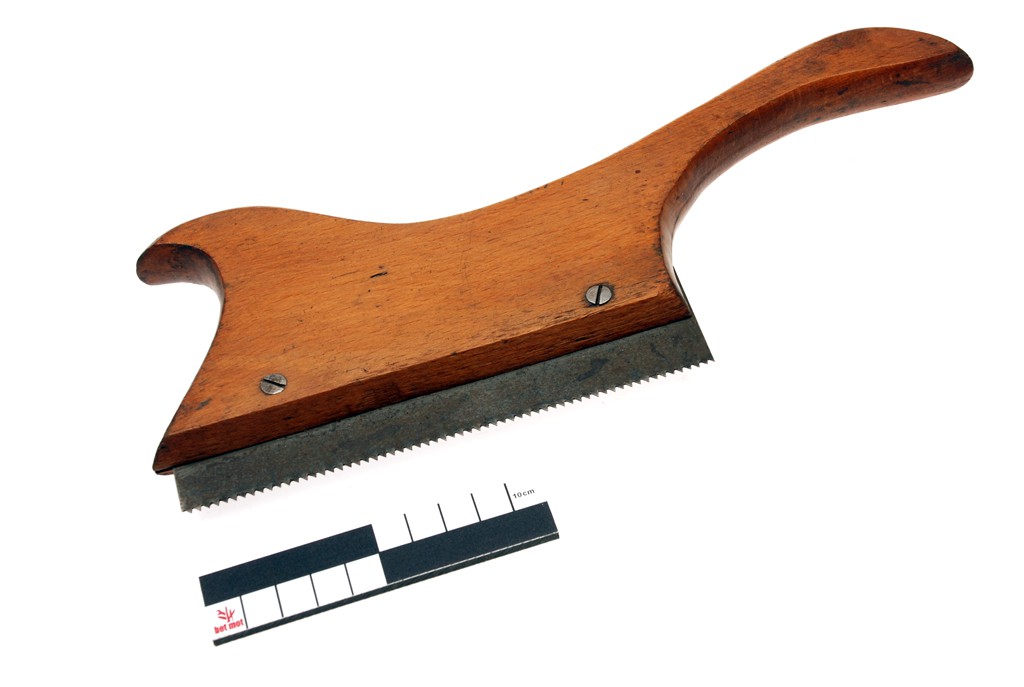
Grooving saw
This text can only be consulted in Dutch
<https://www.mot.be/resource/Tool/grooving-saw?lang=nl>
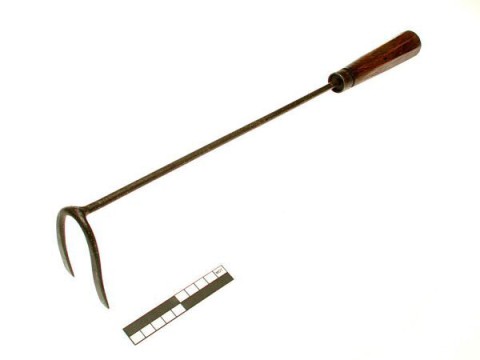
Grubber
In contrast to the hand cultivator, which is continuously pulled, the claw
is pulled with jerks and the soil is loosened superficially. It is narrower
(approx. 5-10 cm) and therefore especially suitable for narrow spaces in
the rows and vegetables in the vegetable garden and for dense flower beds.
The claw has 3 to 5 round and pointed teeth, of which the middle one
protrudes in front of the other, and a wooden or plastic handle (approx.
20-140 cm). If the handle is long, the gardener stands upright; if the
handle is short, then the work is bent or crouched. Another model has thick
(approx. 0.5 cm) flat teeth - lying in one row - and is connected to the
handle by means of a tang. It is distinguishable from an all-metal model
that is used in hardware stores to pull nails out of a pile (1). There is
also a model with 2 flat, wide (approx. 1 cm) teeth with a long (approx. 35
cm) tang that sticks into a wooden handle (approx. 15 cm). See also the
weeding hoe, weeding fork, garden pulverizer...
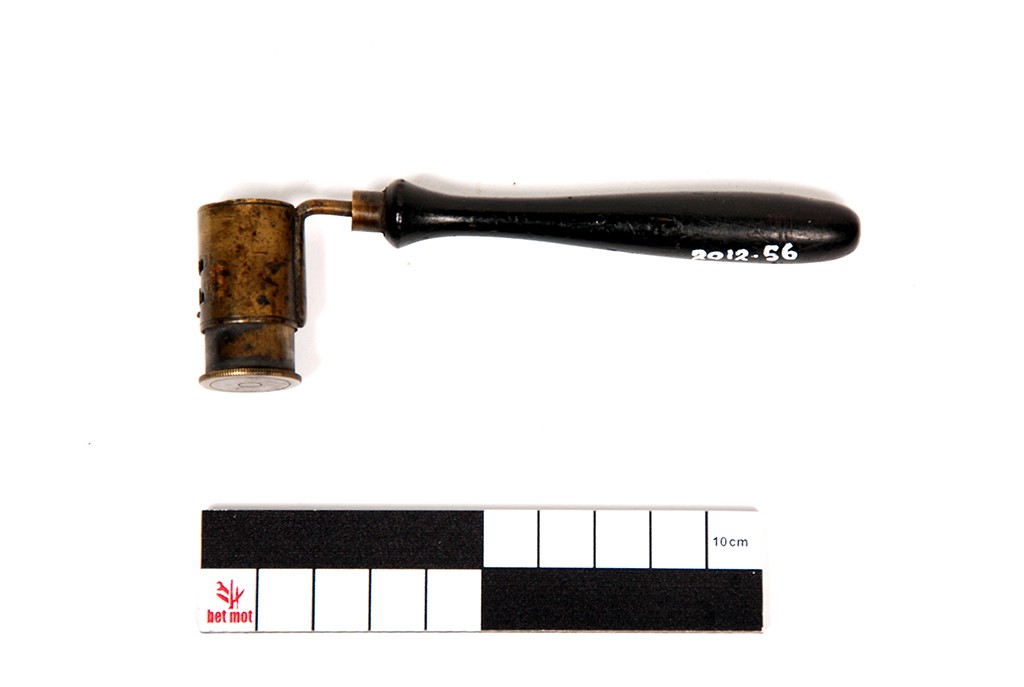
Gun powder measure
This text can only be consulted in Dutch
<https://www.mot.be/resource/Tool/gun-powder-measure?lang=nl>
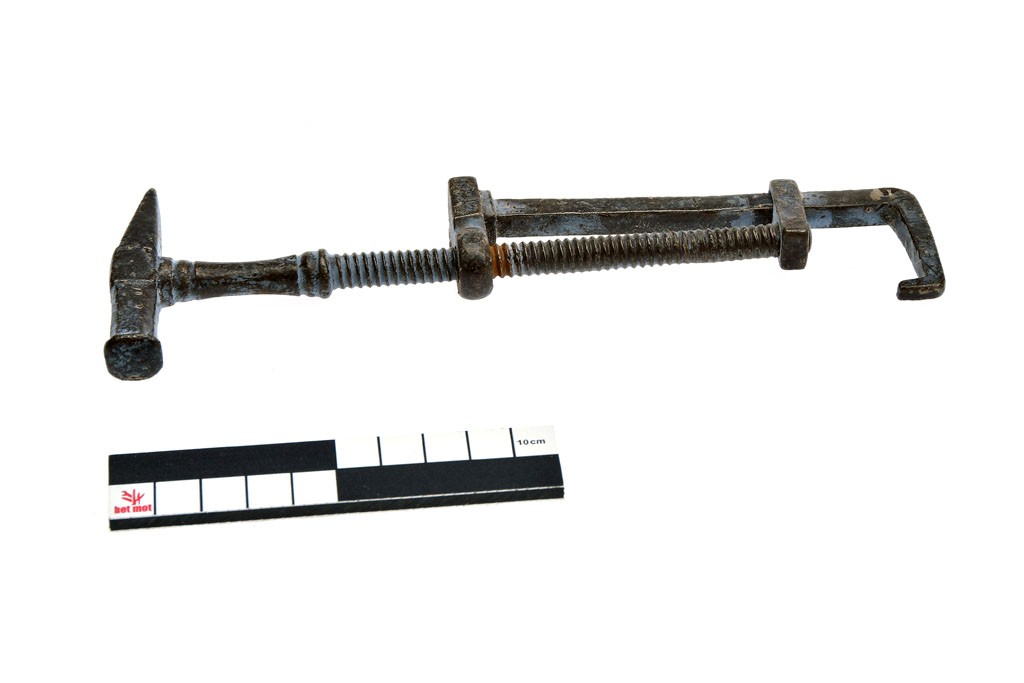
Gun spring vice
This text can only be consulted in Dutch
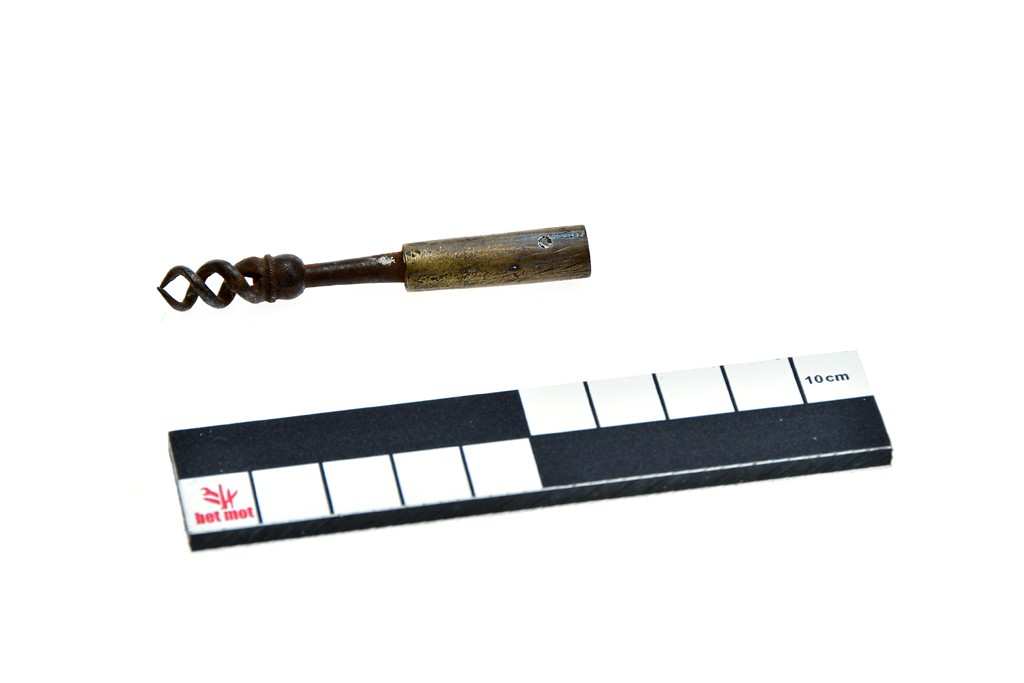
Gun wiper
This text can only be consulted in Dutch
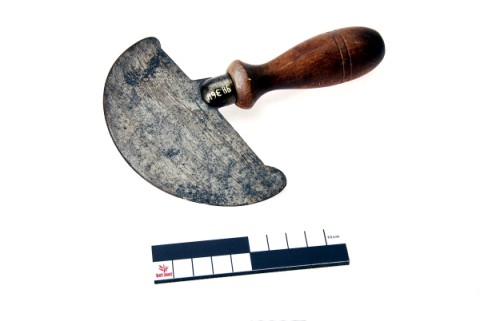
Hachoir
The hachoir is a knife with a semicircular blade and a straight handle
attached in the top center of the blade. It is used to finely chop small
quantities of herbs, which are placed in the corresponding concave wooden
bowl. Thus, one can either move the knife back and forth and cut the herbs
or chop up and down with the blade perpendicular to the bottom. In the
meantime, the bowl should be turned from time to time. [MOT]
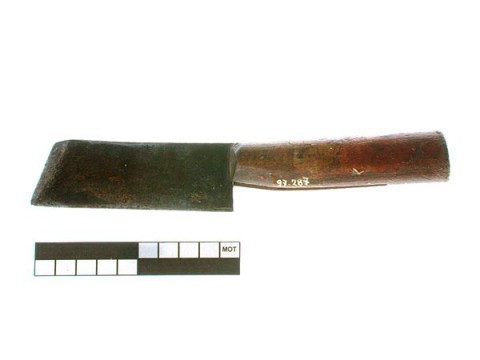
Hacking knife
This text can only be consulted in Dutch
<https://www.mot.be/resource/Tool/hacking-knife?lang=nl>
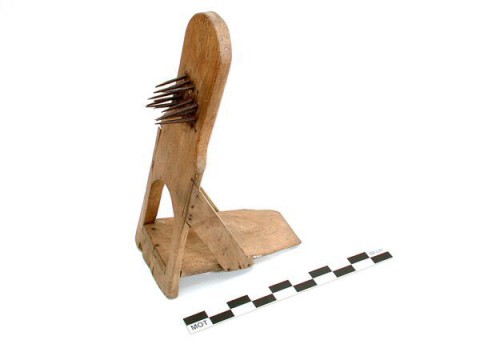
Hackle
This text can only be consulted in Dutch.See also the spinning hackle.
[MOT]
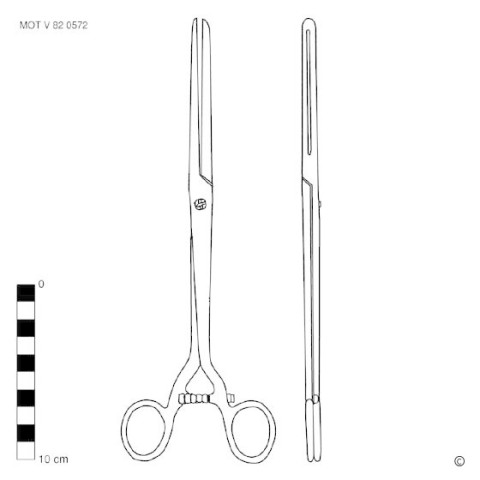
Haemostatic forceps
This text can only be consulted in Dutch
<https://www.mot.be/resource/Tool/haemostatic-forceps?lang=nl>
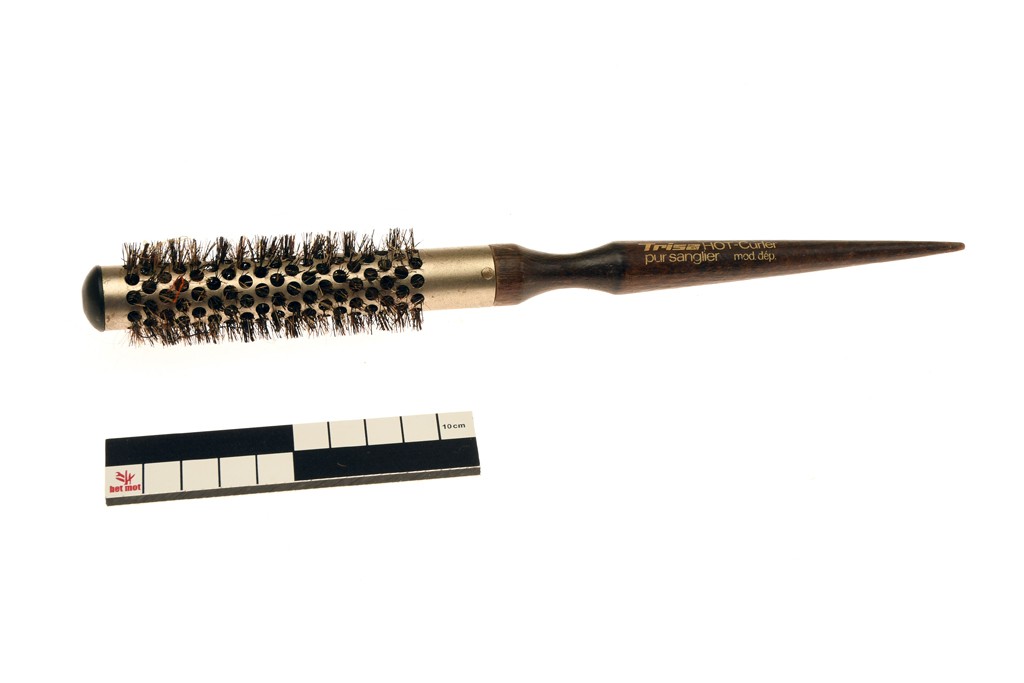
Hair brush
This text can only be consulted in Dutch
<https://www.mot.be/resource/Tool/hair-brush?lang=nl>
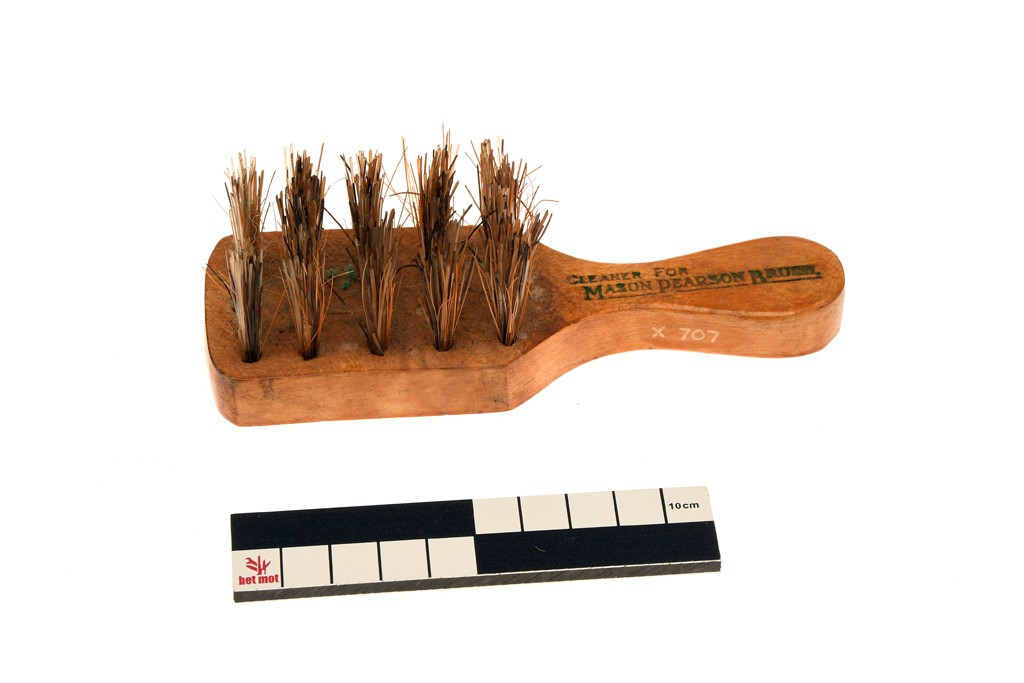
Hairbrush cleaner
This text can only be consulted in Dutch
<https://www.mot.be/resource/Tool/hairbrush-cleaner?lang=nl>
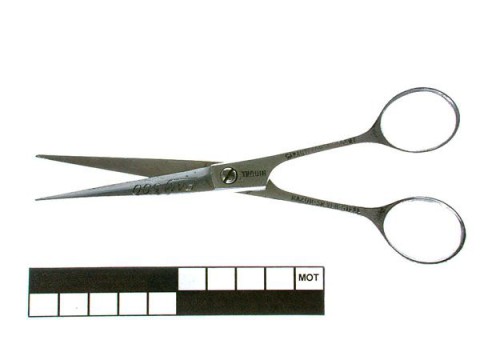
Hairdresser's scissors
Light scissors (approx. 50 g), made entirely of metal - possibly with
plastic-covered arms - with triangular narrow (approx. 1 cm) blades, with
which the hairdresser cuts hair. The hairs are taken per strip between
index and middle fingers and cut to the desired length. The tailor also
uses such scissors to cut delicate fabrics such as lingerie. See also
thinning scissors. [MOT]
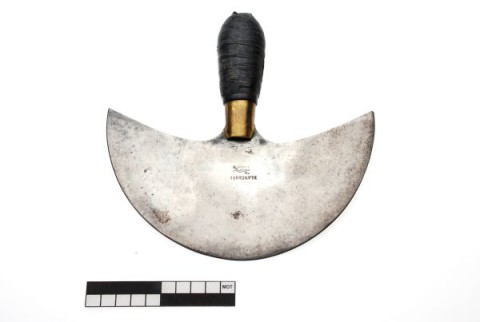
Halfmoon knife
The halfmoon knife is used by leatherworkers and in particular by the
saddler, to cut rigid leather to size. It has a semicircular blade (approx.
20 cm) and a straight handle attached exactly above the center of the
blade. With the medieval halfmoon knife, the handle is horizontal to the
top of the blade. You can make a long, beautiful cut with this knife, while
the hand exerts full pressure force. The angle of the halfmoon knife is
placed on the leather and according to the circumference of the knife, the
leather is cut through on the marked line. At the end point, the knife is
repositioned until the entire cut has been completed. Keeping the knife
horizontal, you cut into the thickness of the leather or bevel the edge.
[MOT]
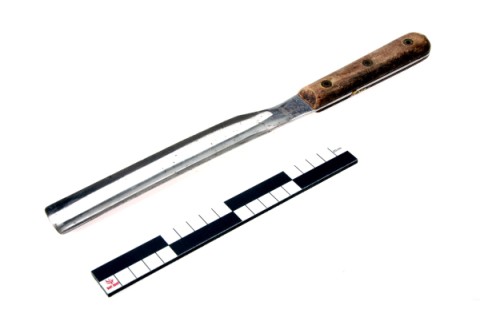
Ham boner
The ham boner is a gouge to remove the thighbone or buttock of a ham or leg
of lamb without cutting open or damaging the meat (muscle tissue). It is a
sturdy gouge with a long (approx. 15-20 cm) and fairly wide (approx. 2-3
cm) blade that has a bevel on the outside, attached in a wooden or plastic
handle. The concave shape of the blade slides easily on the bone and the
bevel on the outside ensures that the meat comes off without much effort
and is damaged as little as possible. The working part is sometimes
slightly bent in length. See also the boning knife. [MOT]
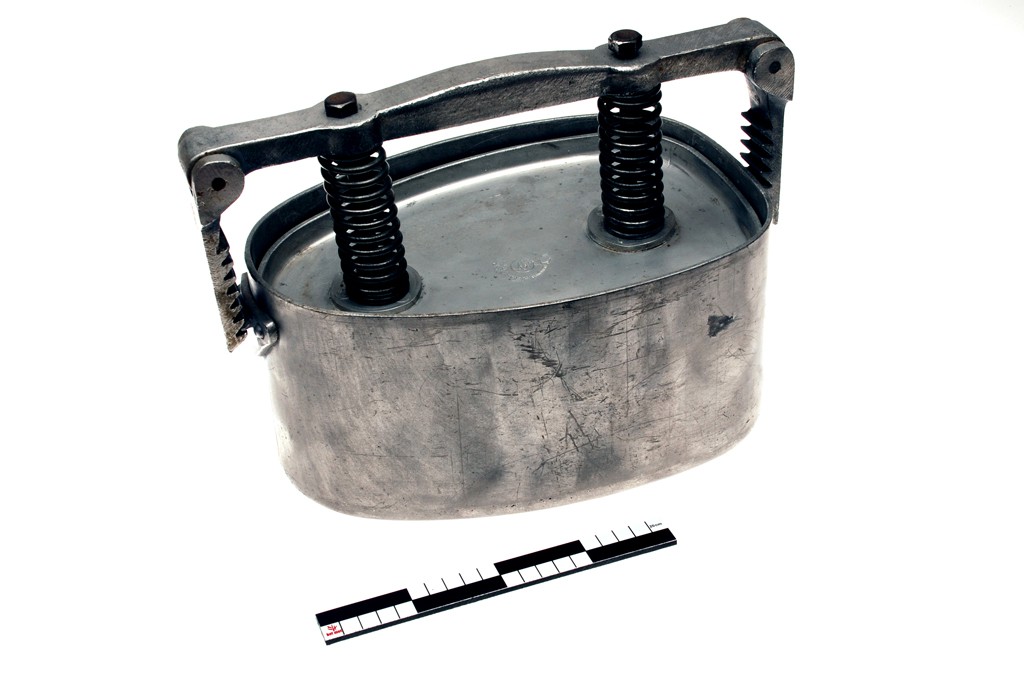
Ham press
This text can only be consulted in Dutch
<https://www.mot.be/resource/Tool/600?lang=nl>
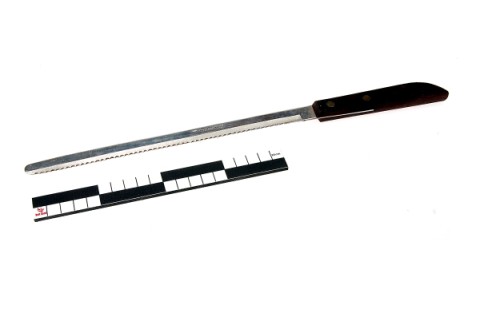
Ham slicer
With the ham slicer, pieces of ham are cut into very thin slices. It has a
narrow (approx. 1.5-2 cm) and long (approx. 25-30 cm) very flexible blade
with a rounded tip that cannot tear the thin slices. The cut can be smooth,
wavy or serrated. See also the carving knife. [MOT]
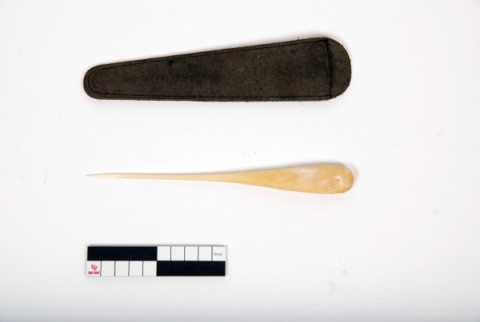
Ham trier
The smell is an important criterion when inspecting dried ham. The ham
trier (1) is used for this, an awl-shaped tool made from the fibula of a
horse, which is porous and therefore absorbs the odors. The horse bone is
inserted into the ham in certain places and the smell is then sniffed by
the inspector, who tastes the aromas of the ham in the throat. [MOT] (1)
SELLENS: 203 shows a hand tool with the same purpose but with a stem. The
material is not mentioned. No other English equivalent found. In French the
Latin word spilatula is used. Italians speak of 'ago d'osso di cavallo'.
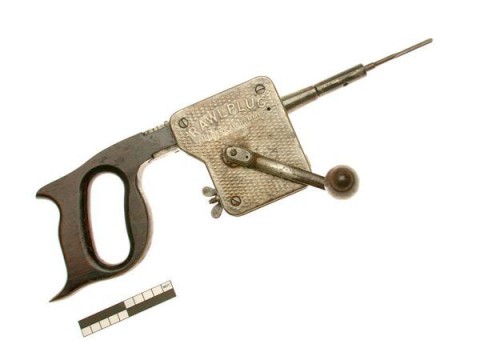
Hammer drill (mechanical)
This text can only be consulted in Dutch
<https://www.mot.be/resource/Tool/hammer-drill-mechanical?lang=nl>
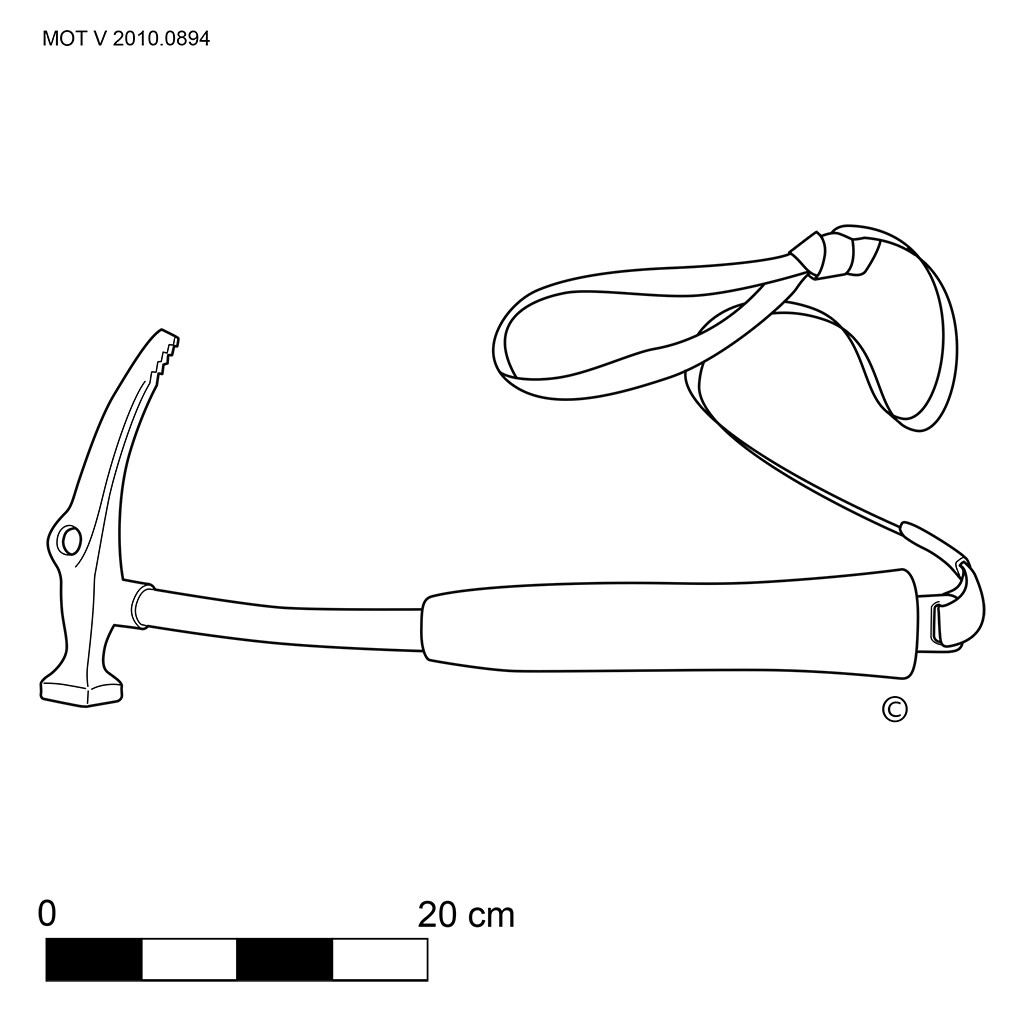
Hammer-axe
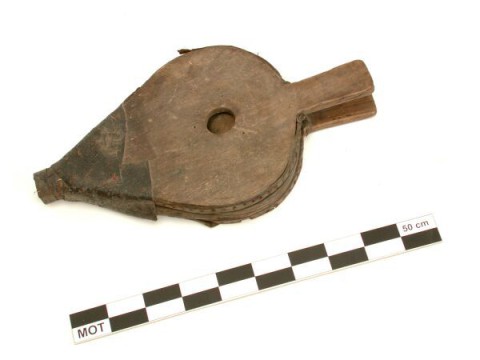
Hand bellows
This text can only be consulted in Dutch
<https://www.mot.be/resource/Tool/hand-bellows?lang=nl>
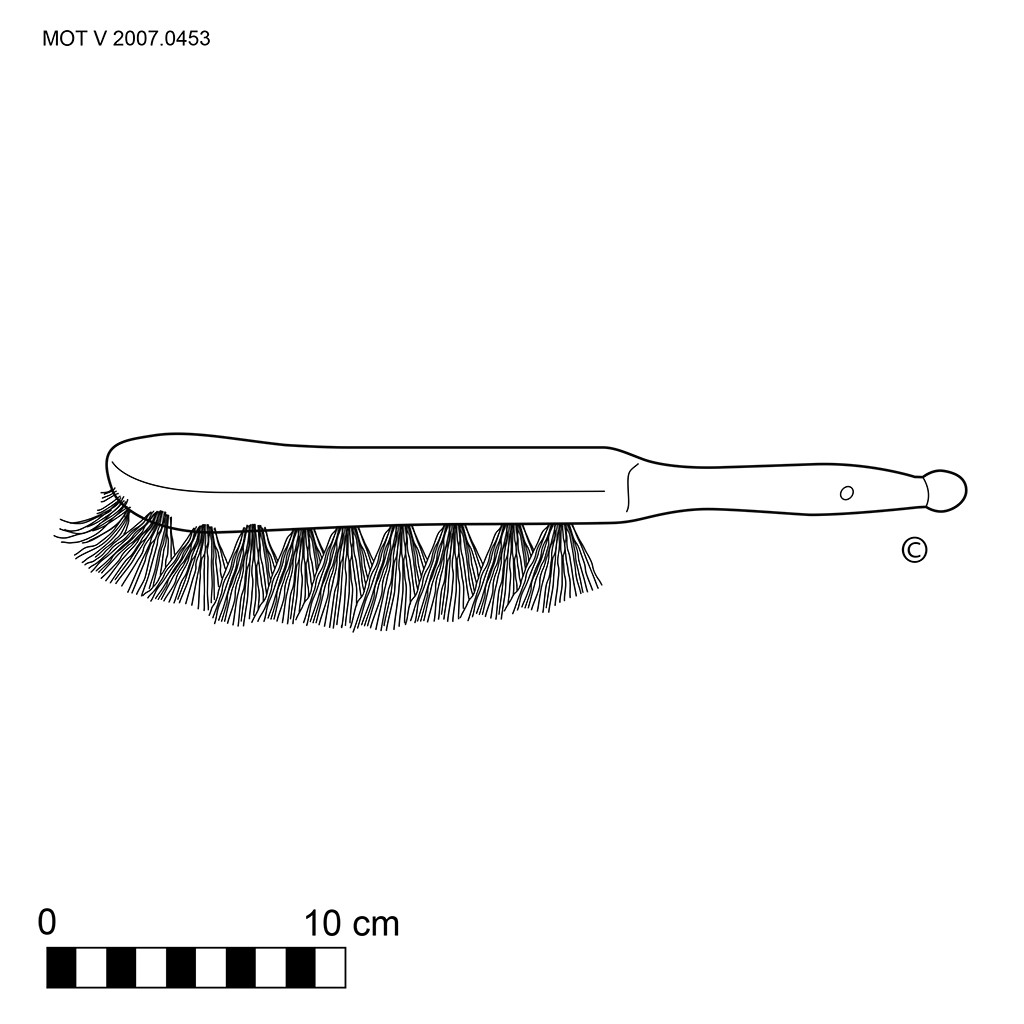
Hand brush
This text can only be consulted in Dutch
<https://www.mot.be/resource/Tool/hand-brush?lang=nl>
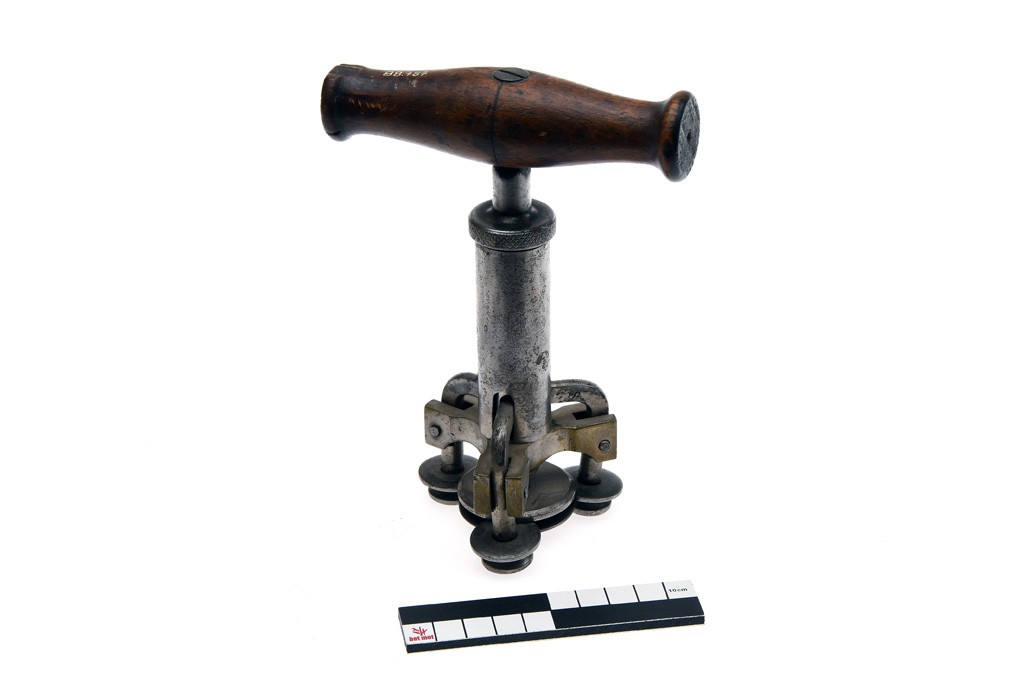
Hand can seamer
This text can only be consulted in Dutch
<https://www.mot.be/resource/Tool/hand-can-seamer?lang=nl>
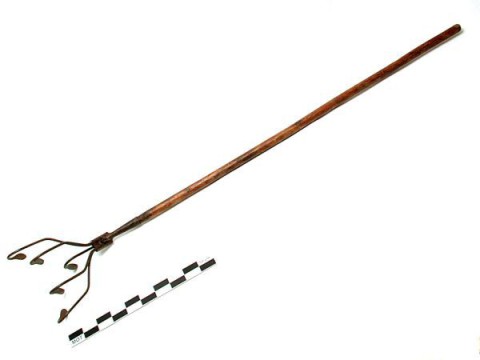
Hand cultivator
Garden tool consisting of a usually 130-150 cm long (1) wooden handle with
three to five - but always in an odd number - curved iron teeth for opening
and turning the soil. The working part (approx. 10 to 25 cm wide) can be
fixed or exchangeable. In the latter case, you can choose the number of
teeth. The tips of the teeth are oval or triangular flattened. In contrast
to the garden hoe, with the hand cultivator the solid underlying soil, with
the sharp flat points and by its pulling movement, is slightly raised and
opened up. The middle tines of a hand cultivator are slightly shorter so
that the soil clod can be crumbled. To be distinguished from the grubber,
which is narrower and mainly serves to break the ground superficially. See
also the manual towed hand cultivator and hand wheel hoe. [MOT]
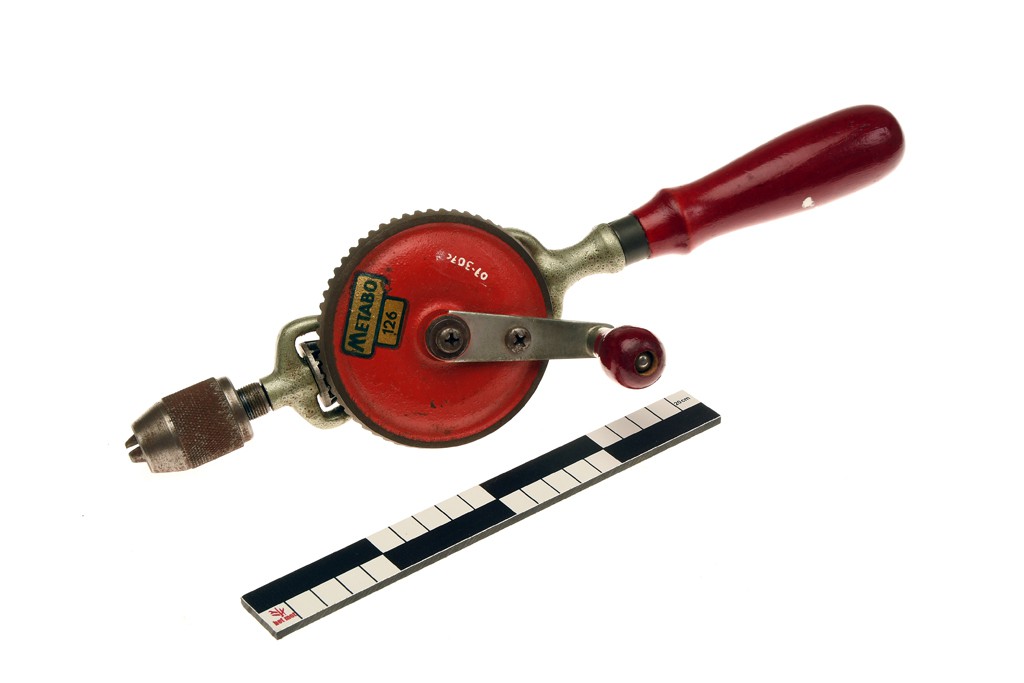
Hand drill
This text can only be consulted in Dutch
<https://www.mot.be/resource/Tool/hand-drill?lang=nl>
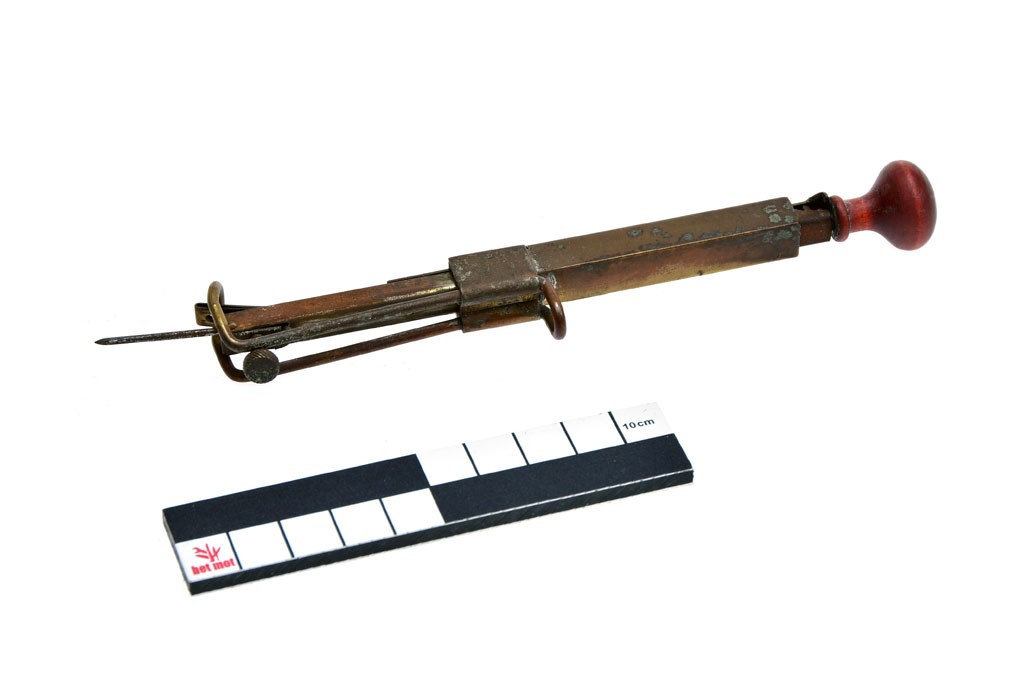
Hand embroidery machine
This text can only be consulted in Dutch
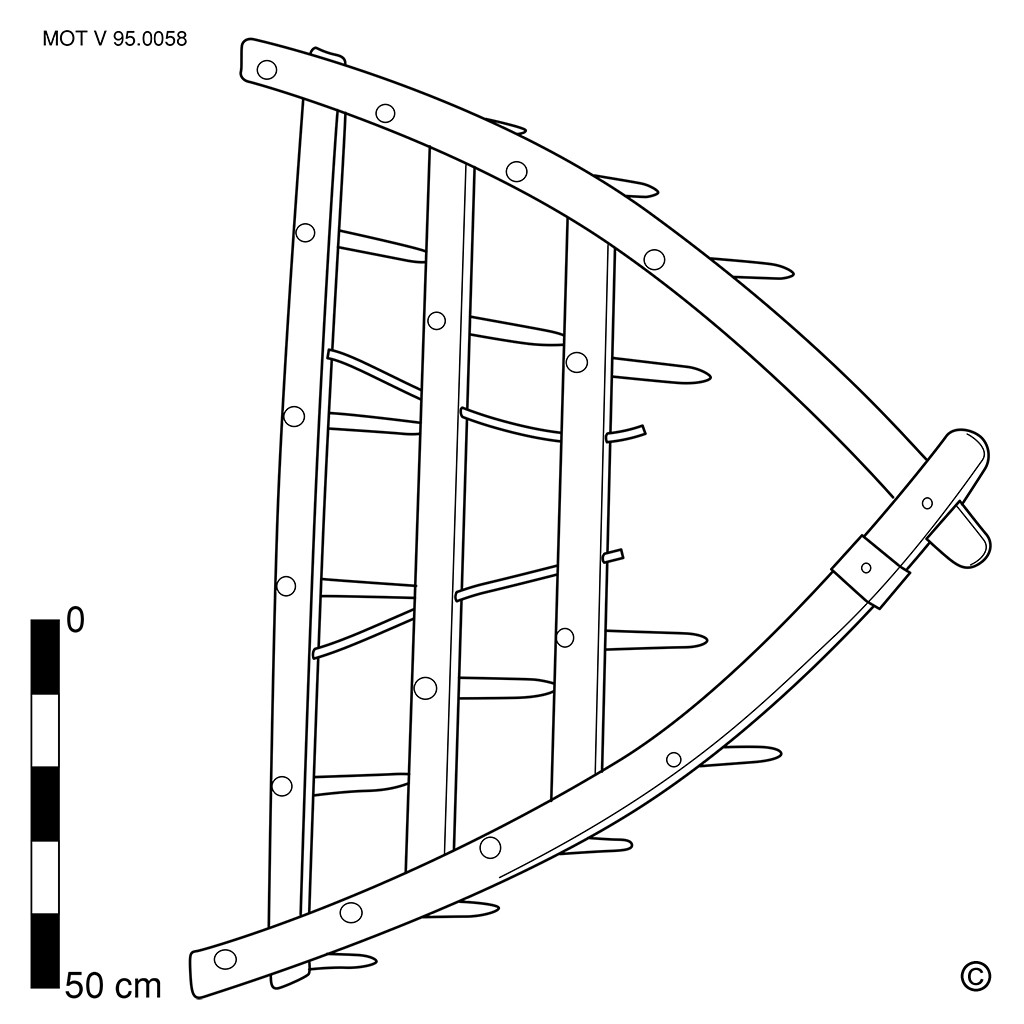
Hand harrow
The hand harrow is a small harrow that is pulled by one worker to loosen,
crumble and flatten the top layer of digged or plowed soil. It is also used
to work fertilizers and seeds into the soil. The hand harrow consists of a
wooden or iron, usually triangular, frame in which wooden or iron round,
square or diamond-shaped teeth (approx. 12-16 cm) protrude at an angle.
Sometimes the distance between the teeth is adjustable (1). Depending on
the slope and the direction of pull, the tines penetrate 1 to 7 cm deep
into the soil. The pull rope is attached to one corner of the frame. It is
pulled by means of a cross stick or a shoulder strap (2). See also soil
rake, rotary tiller (hand) and hoe with rake. [MOT] (1) Eg. Manufrance:
697. (2) Eg. Manufrance: 697.
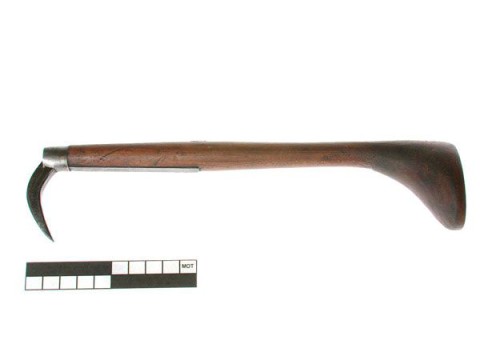
Hand hook
Hand tool consisting of a square (approx. 1 cm), curved blade (approx. 6-8
cm long) in cross-section, ending in a pointed tip. It is attached at right
angles to a relatively long (approx. 25-35 cm) wooden handle, which widens
at the end. It is used for weeding between plants. See also the weeding
fork and moss scraper. [MOT]
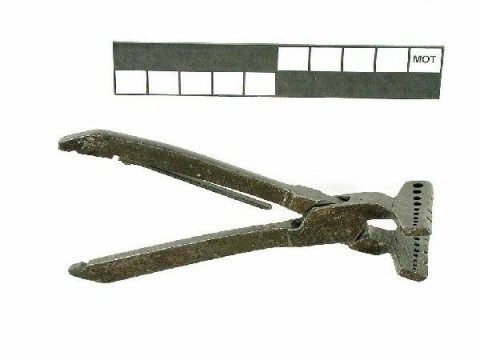
Hand pincers
This text can only be consulted in Dutch
<https://www.mot.be/resource/Tool/hand-pincers?lang=nl>
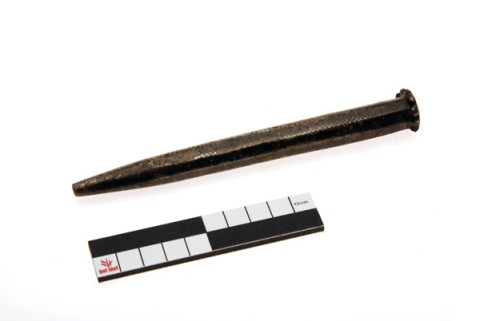
Hand punch
This text can only be consulted in Dutch
<https://www.mot.be/resource/Tool/hand-punch?lang=nl>
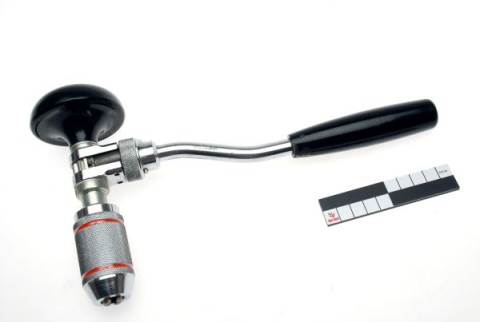
Hand ratchet brace
This hand ratchet brace works on the same principle as the common brace but
has a lever instead of a U-shaped bracket. This lever works according to a
ratchet mechanism and can be moved with back and forth strokes. Where there
is no room for the normal brace, this type can be used. See also the
engineer's ratchet brace for metal. [MOT]
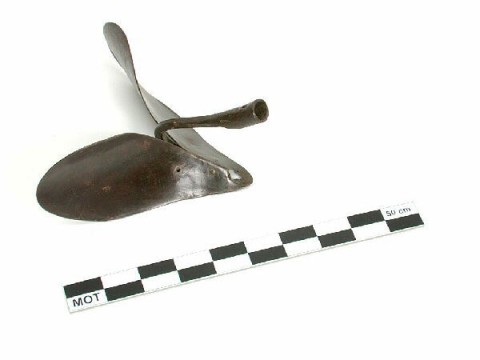
Hand ridger
This text can only be consulted in Dutch
<https://www.mot.be/resource/Tool/hand-ridger?lang=nl>
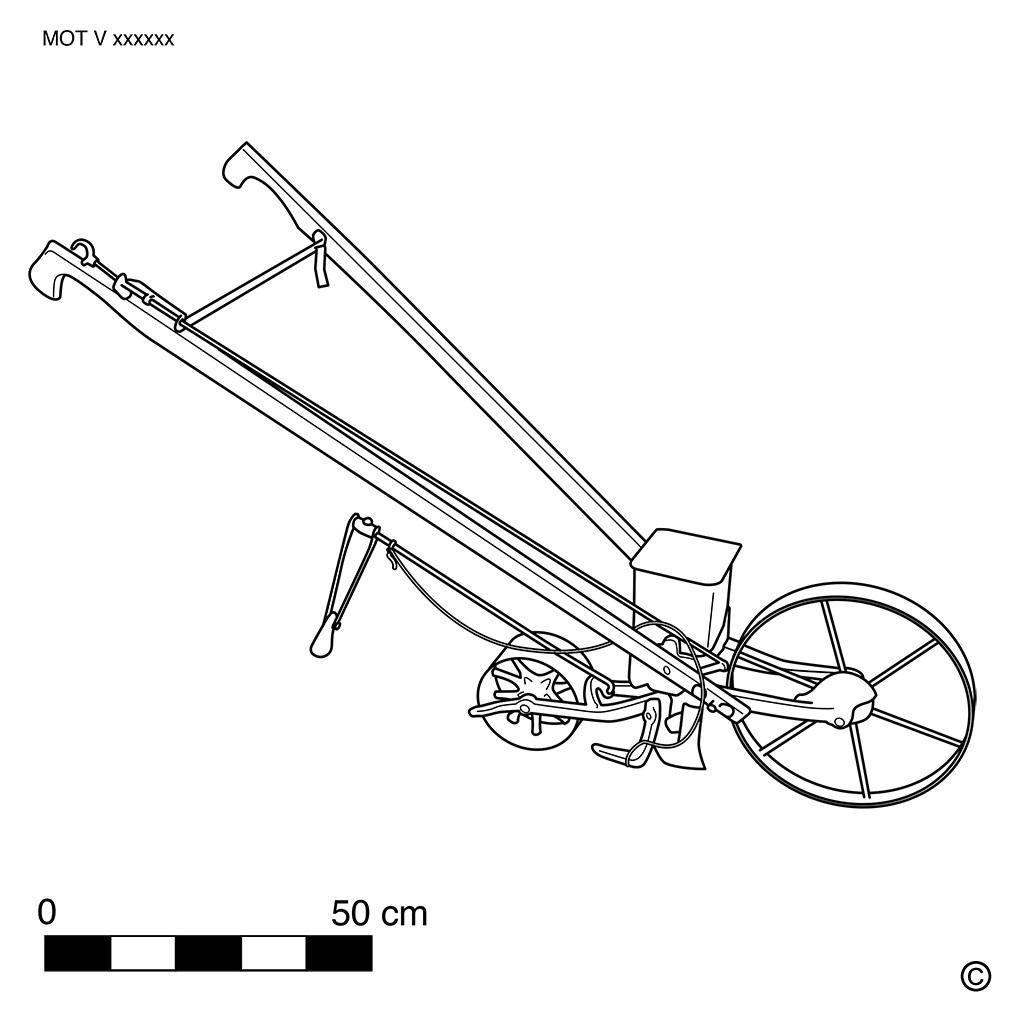
Hand seed drill
This text can only be consulted in Dutch
<https://www.mot.be/resource/Tool/hand-seed-drill?lang=nl>
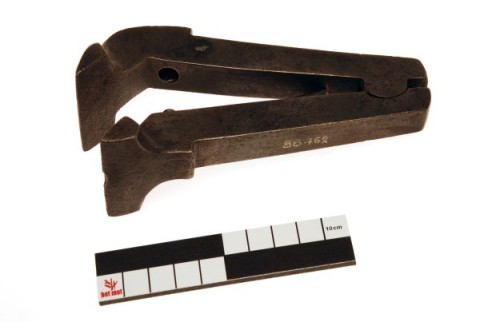
Hand vice
This text can only be consulted in Dutch
<https://www.mot.be/resource/Tool/hand-vice?lang=nl>
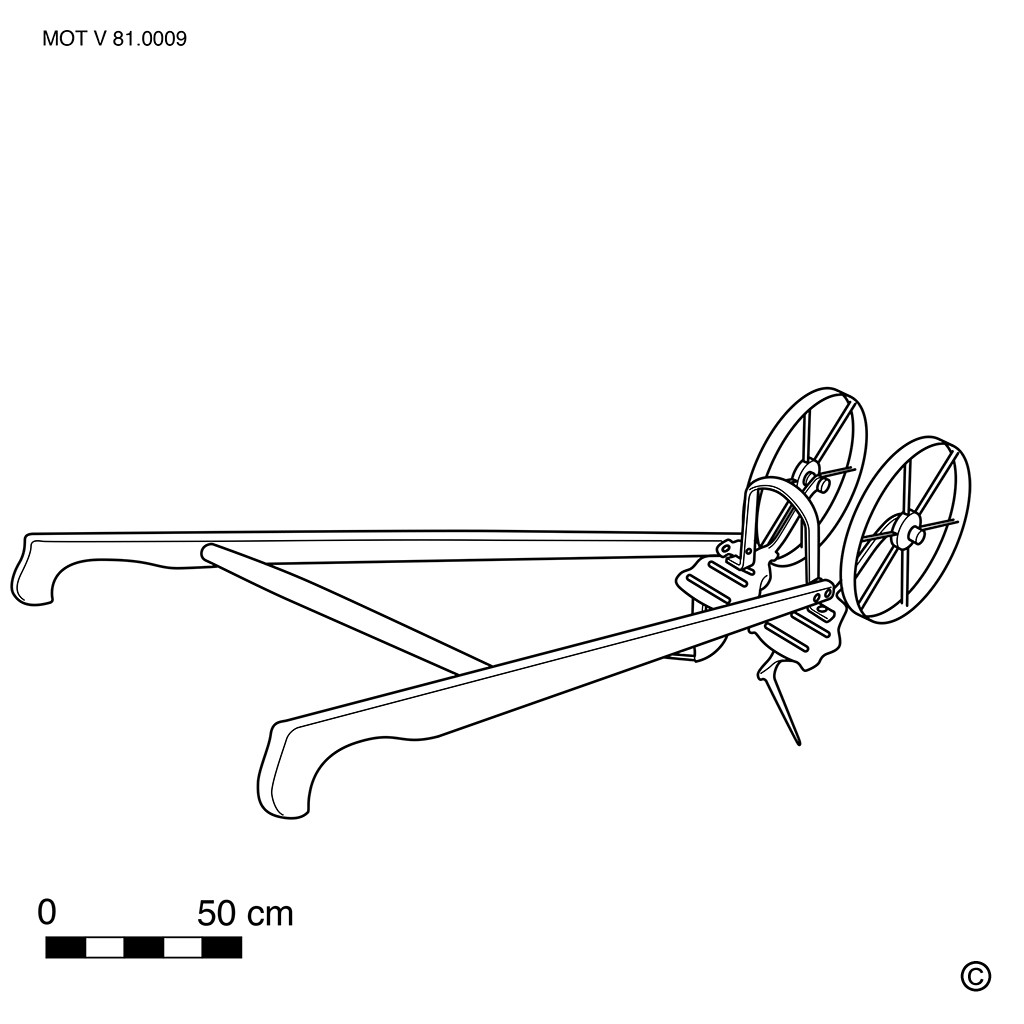
Hand wheel hoe
In crops growing in rows, the roots of weeds are cut with the hand wheel
hoe; they are sometimes also used to break the crust so that a better air
circulation is created and to counteract the capillary effect - and thus
the drying out. The hand wheel hoe usually consists of two metal wheels
(diam. Approx. 35 cm), each with a rod on the axle that keeps a metal
plate, just behind the wheel, at the correct height. Both trapezoidal
plates, connected by a bracket, are provided with 2-3 slots into which the
oblique knives or hoes can be screwed to the desired width. The whole is
pushed in front of you by means of two wooden arms (approx. 130 cm). There
are also hand wheel hoes with one wheel with which you can hoe between two
rows of plants, as opposed to the model with two wheels, which works on
both sides of one row of plants. Nowadays there is a model with a rubber
wheel (approx. Diam. 25-60 cm) where the hoes can be replaced by the blade
of a hand ridger or hand cultivator (1). [MOT] (1)...
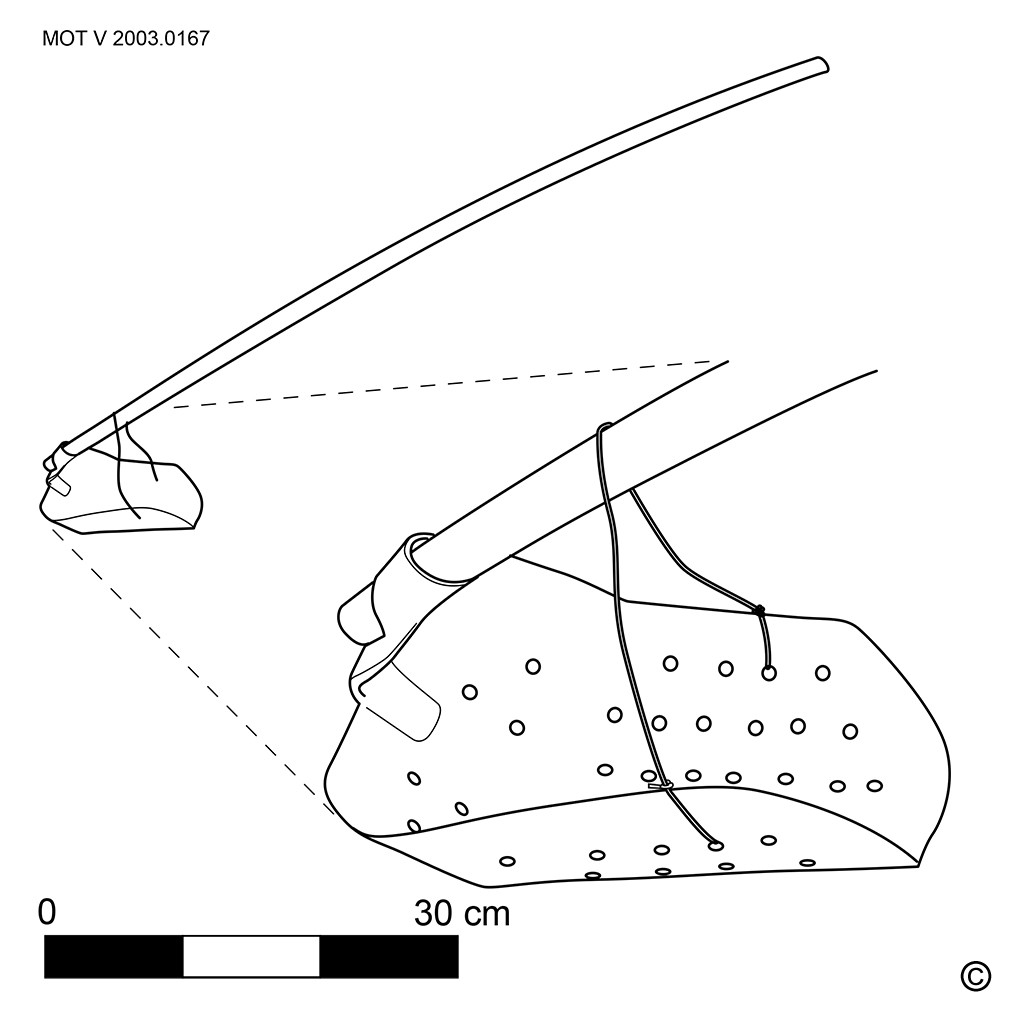
Handbagger
After the plants and grass from the ditch side have been mowed, the (small)
ditches are manually cleared of sludge and dirt that impedes the water
flow. The tool also serves to dredge ponds and other water features. The
cleaning of the ditches is done at low tide, after a period of drought. One
starts at the lowest point and against the current. More technical
information on the dutch version of this tool page. See also the drag-net.
[MOT]
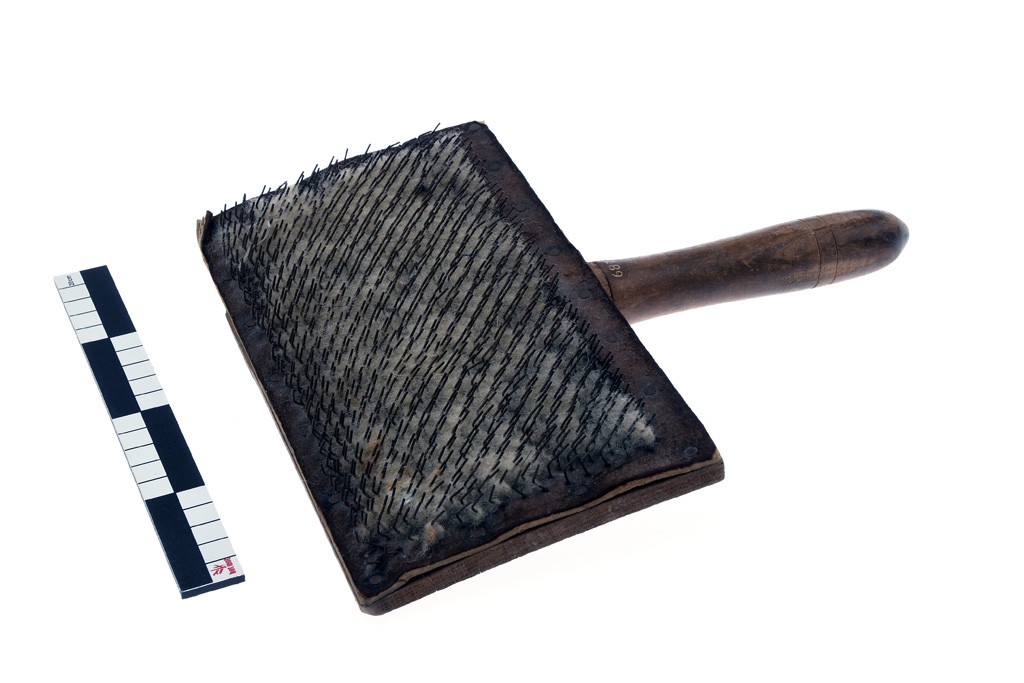
Handcarder
This text can only be consulted in Dutch
<https://www.mot.be/resource/Tool/handcarder?lang=nl>
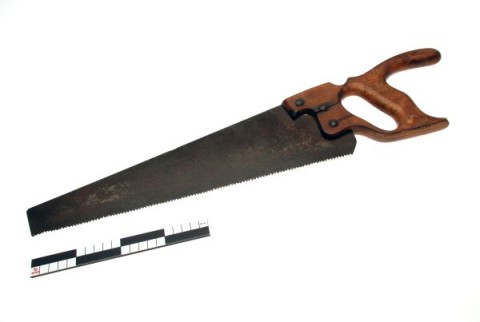
Handsaw
This text can only be consulted in Dutch
<https://www.mot.be/resource/Tool/handsaw?lang=nl>
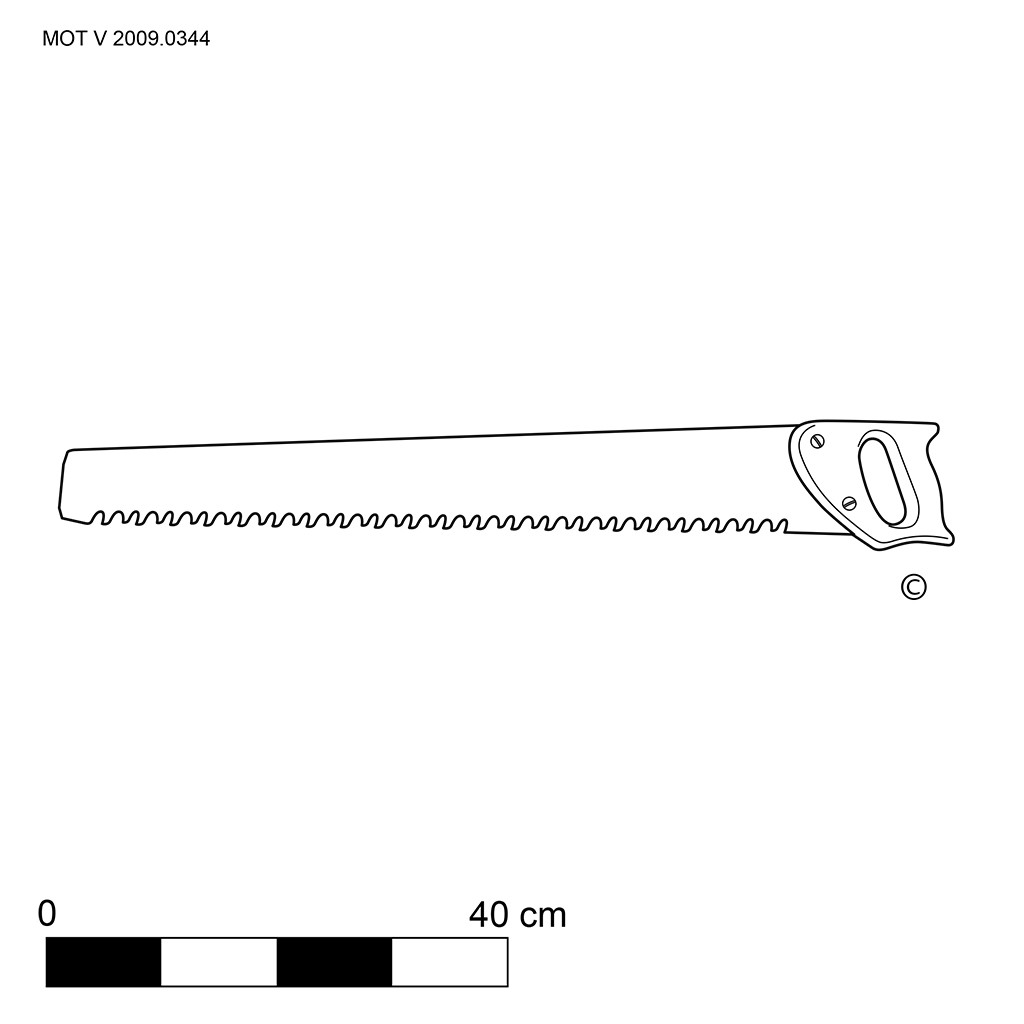
Handsaw for aerated concrete
Cellular, foam or aerated concrete is a concrete product with gas bubbles
in it, making the material light, strong and easy to work with with the
aerated concrete handsaw and with the stonemason's French drag. The aerated
concrete handsaw has a thick (approx. 1.5 mm) tapered blade (approx. 50-70
cm). The large carbide (widia) teeth (30-40) are angled forward, so they
saw when pushing the tool. See also the handsaw. [MOT]
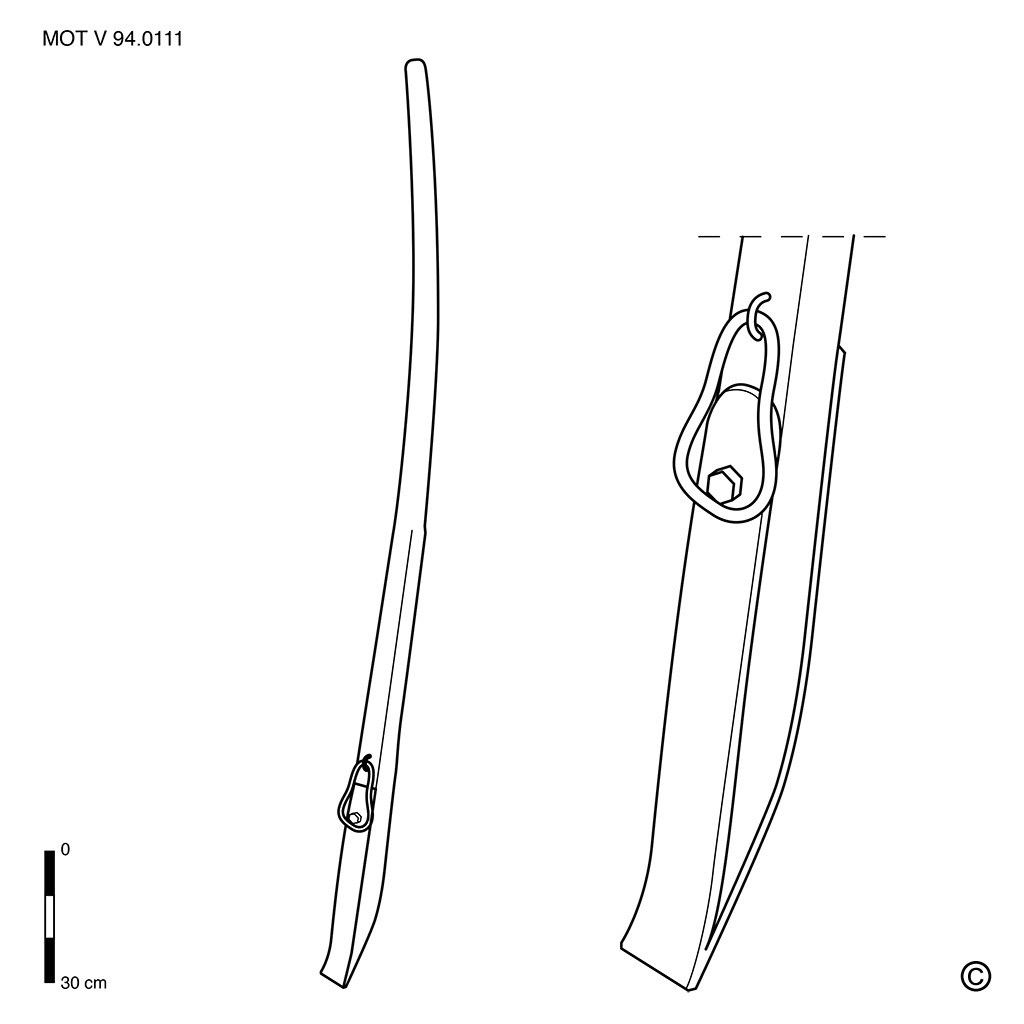
Handspike
Wooden lever (1.5 to 2 meters long) clad with metal fittings at the bottom,
to lift heavy loads to a small height. Railroad workers use them to
separate railroad tracks. Quarry workers such as the stonecutter use a
handspike to place stone blocks on rollers. This tool can be distinguished
from the crow bar and the ripping chisel. [MOT]
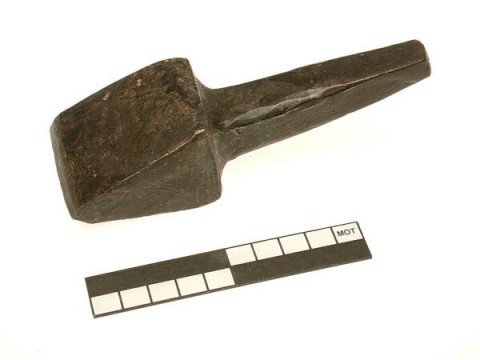
Hardie
This text can only be consulted in Dutch
<https://www.mot.be/resource/Tool/hardie?lang=nl>
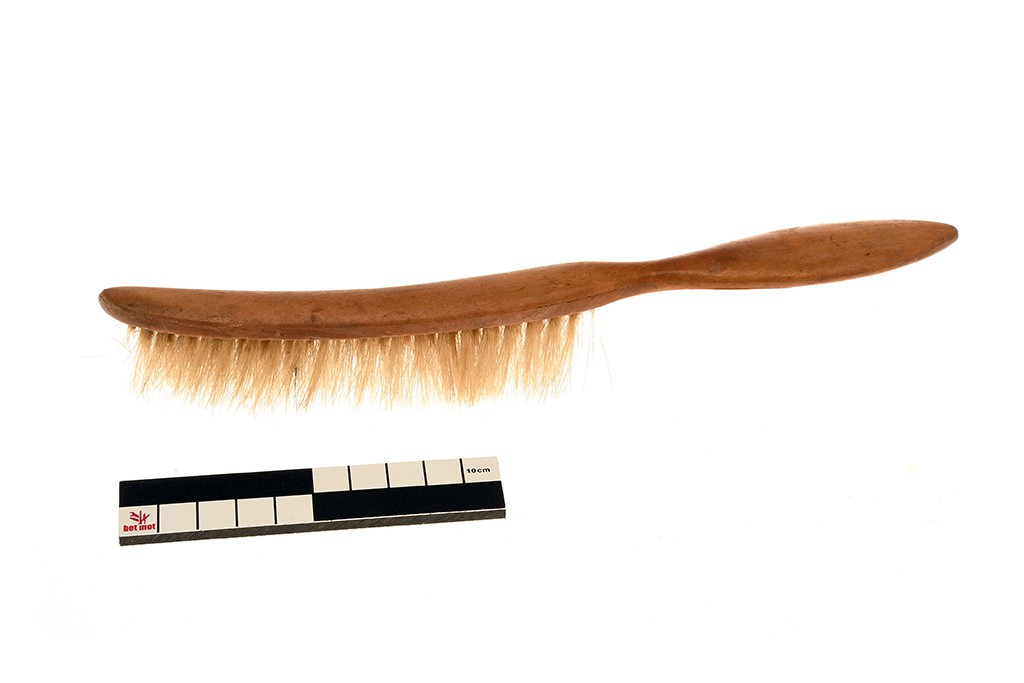
Hat brush
This text can only be consulted in Dutch
<https://www.mot.be/resource/Tool/hat-brush?lang=nl>
